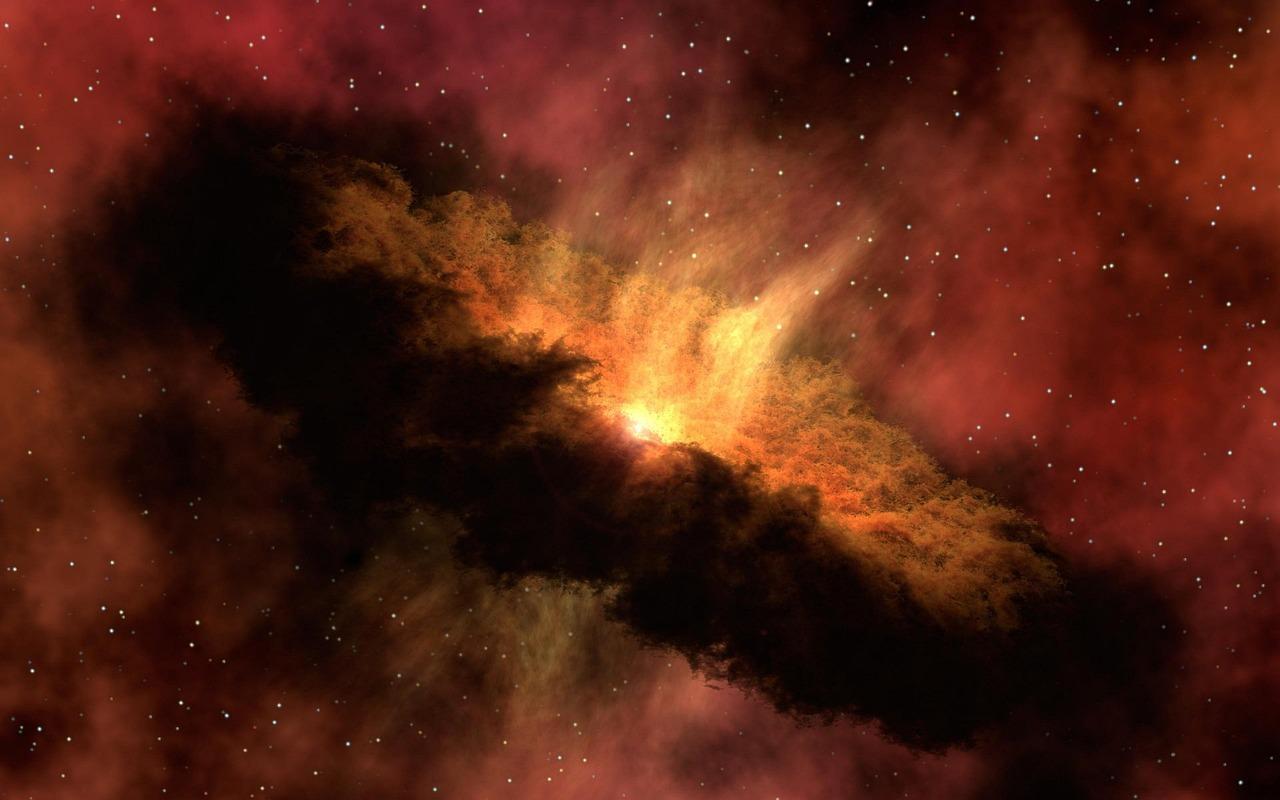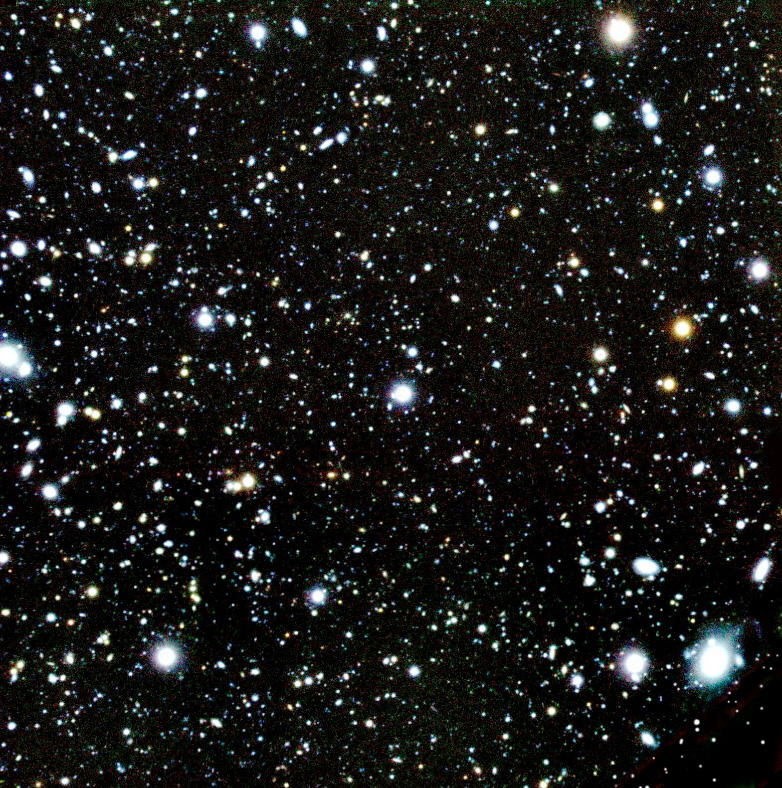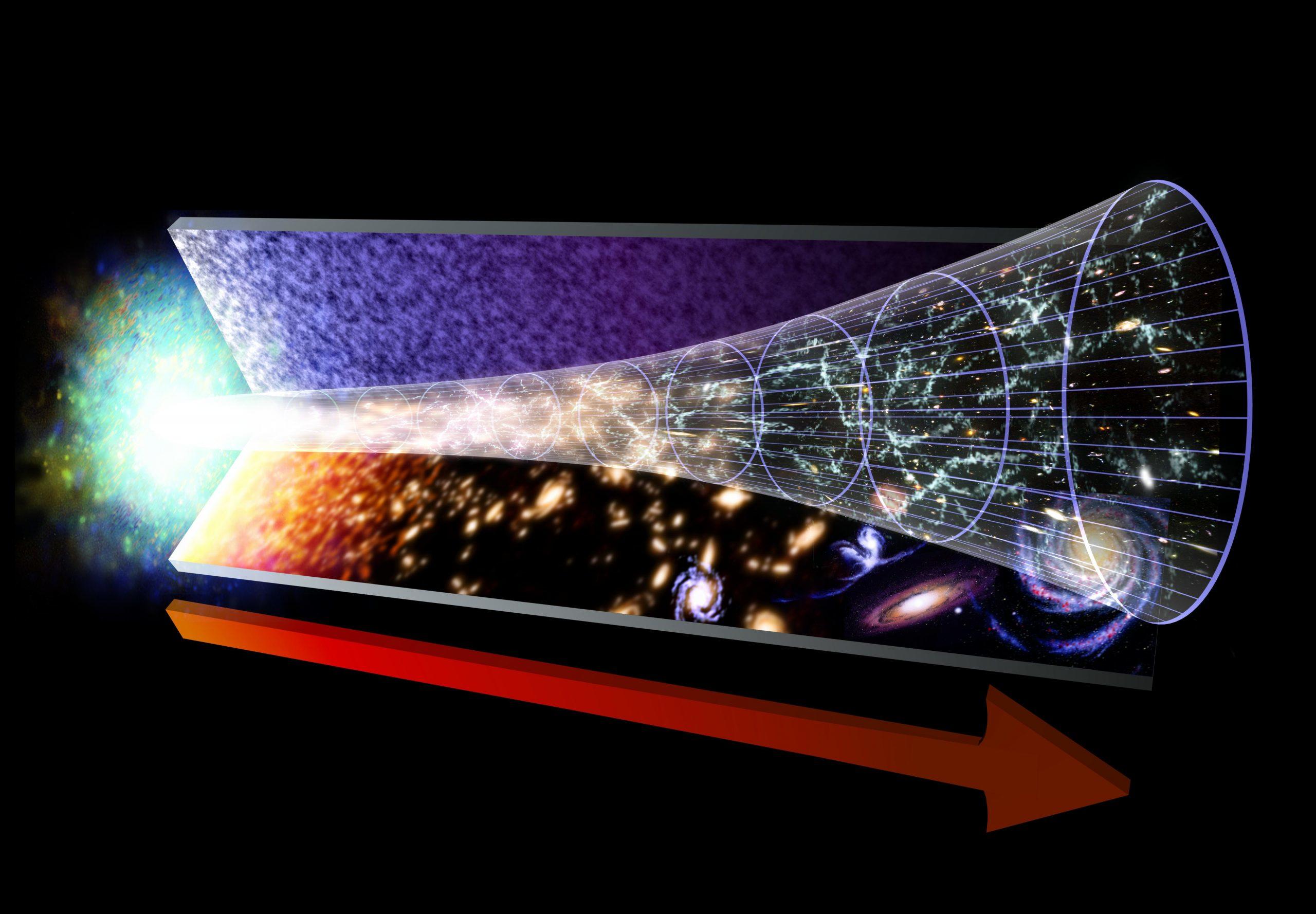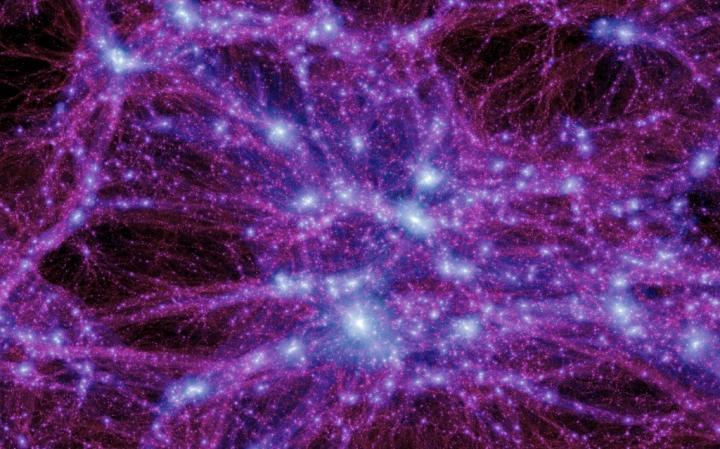The Big Bang: A Look at Our Universe's Beginnings

The Big Bang isn't just famous in pop culture. It's the leading scientific explanation for how our universe started. So, what exactly is the Big Bang? According to scientists, about 13.8 billion years ago, all the matter and energy in the universe was squished into a super hot, super dense point, also known as a singularity. This point then expanded outwards, creating the universe we know today. But is this all just a theory? Well, a good amount of scientific evidence supports the Big Bang as a valid explanation for the universe's origins, not just a hypothetical idea. Continue below to find out more!
The Big Bang - What Evidence is Out There?
The Big Bang Theory is far from a wild guess - it's supported by solid evidence that paints a picture of our universe's beginnings. The data fits from the movement of galaxies to the stuff the universe is made of. Let's examine the critical evidence that makes the Big Bang Theory widely accepted in the scientific community.
Redshift: By looking through their telescopes for many years, scientists have noticed a pattern - the galaxies they've been observing are gradually moving further and further away from us. Due to this, the light emitted by these galaxies has shifted towards the red end of the spectrum. This strongly suggests that the universe is in a constant state of expansion.
Abundance of Light Elements: The Big Bang Theory explains the universe's shape and tiny details. For example, let's take a close look at hydrogen and helium. Essentially, the theory predicts how many of these light elements we should find, and when scientists observe the universe, the amounts they see match these predictions pretty closely. Because hydrogen and helium are everywhere, this is another clue that the Big Bang Theory is likely correct.

A composite image of several high-redshift galaxies taken by the VLT YEPUN telescope (credit: ESO)
The Big Bang in More Detail
Let's unravel the mysteries and go deeper into what happened during those pivotal moments of the Big Bang.
First Moments: The Planck epoch sounds like science fiction, but it's grounded in severe physics. During this highly brief period, just 10^-43 seconds after the Big Bang, the forces we are familiar with (gravity, electromagnetism, and more) were unified into a single force. What's more, our current understanding of physics falls apart here - It's an enigma scientists are still trying to crack to this day!
Rapid Expansion: Next up is cosmic inflation, a burst of expansion so unimaginably rapid it's hard to fathom. Interestingly, this phase makes the universe look relatively uniform in all directions. Due to this, the cosmic microwave background radiation, which we can still detect today, is pretty evenly distributed across the universe.
Cooling and Particle Formation: Imagine the universe as a blazing furnace that starts to cool down. As temperatures fall, things get interesting. Protons, neutrons, and other fundamental particles debut one second after the explosion. This resembles the universe taking its first baby steps in particle assembly.
Elemental Nuclei and Nucleosynthesis: Things don't slow down - within three minutes, particle interactions go up a notch. Protons and neutrons join forces to form the nuclei of lighter elements like hydrogen, helium, and lithium. Additionally, this rapid nucleosynthesis accounts for the relative abundance of these elements that we observe today.
Photon Decoupling: Leap ahead to 380,000 years post-Big Bang. The universe has cooled enough for electrons to combine with nuclei and form atoms. Fascinatingly, this is a landmark event because photons, or light particles, are now free to travel through space without constantly bumping into charged particles. This "decoupling" allows us to observe the cosmic microwave background, essentially a baby picture of our universe.
No Center, No Edge: Lastly, but crucially important, is the concept that the Big Bang didn't occur at a pinpoint location in space. It's not an explosion in the conventional sense but rather an expansion of space itself. So, when we say the Big Bang happened, it happened everywhere. As far as we can tell, the universe has no centre or edge. This trips up many people but is essential for grasping the nature of our cosmos.

The Big Bang kickstarted our universe, and it has continued to expand ever since those pivotal moments (credit: NASA)
Unsolved Mysteries of the Big Bang
The Big Bang Theory has given us a solid framework for understanding the universe's beginnings - but it also leaves us with questions that scientists are actively researching at this moment in time. Let's take a look at these questions below.
Dark Matter and Dark Energy: These mysterious substances comprise much of the universe. Despite this, their properties remain largely unknown. We discovered their existence because of unexplained phenomena - such as the unusual movements of galaxies and the universe's expansion.
The Singularity: This term refers to the initial state of the universe - a point of infinite density and heat. It's challenging to study because our current scientific laws break down in such extreme conditions. Moreover, researchers are uncertain about the rules governing singularities or whether multiple examples exist.
Cosmic Inflation: Shortly after the Big Bang, the universe expanded at an astonishing rate in a phase known as cosmic inflation. However, scientists are still unsure what triggered this rapid growth and caused it to cease. Some scientists even speculate about multiple, separate "bubble universes."
The Horizon Problem: Did you know the universe appears uniformly structured in every direction? This uniformity is puzzling because certain regions are too distant from each other to have ever been in contact, given the finite speed of light. This phenomenon is known as the horizon problem and baffles scientists today.
Baryon Asymmetry: Based on current scientific understanding, the Big Bang should have produced equal parts of matter and antimatter. However, our universe is mainly filled with matter, not antimatter. This unresolved issue is known as the baryon asymmetry problem, and scientists are still trying to solve it.

A visualization of what dark matter could look like (credit: Millennium-II Simulation)
Conclusion
To sum it up, the Big Bang Theory is the leading explanation for how our universe came into existence. Moreover, this is supported by a large amount of crucial evidence like redshift and light element abundance. It outlines a universe that began as a singularity before undergoing several significant changes. However, the Big Bang theory leaves us with many unresolved questions, too - such as the nature of dark matter and the initial singularity, making it a subject of ongoing research for scientists worldwide.


You are the best,, coz you have gotten content about the topics
Hello ! Glad to hear that you’ve found the content useful!